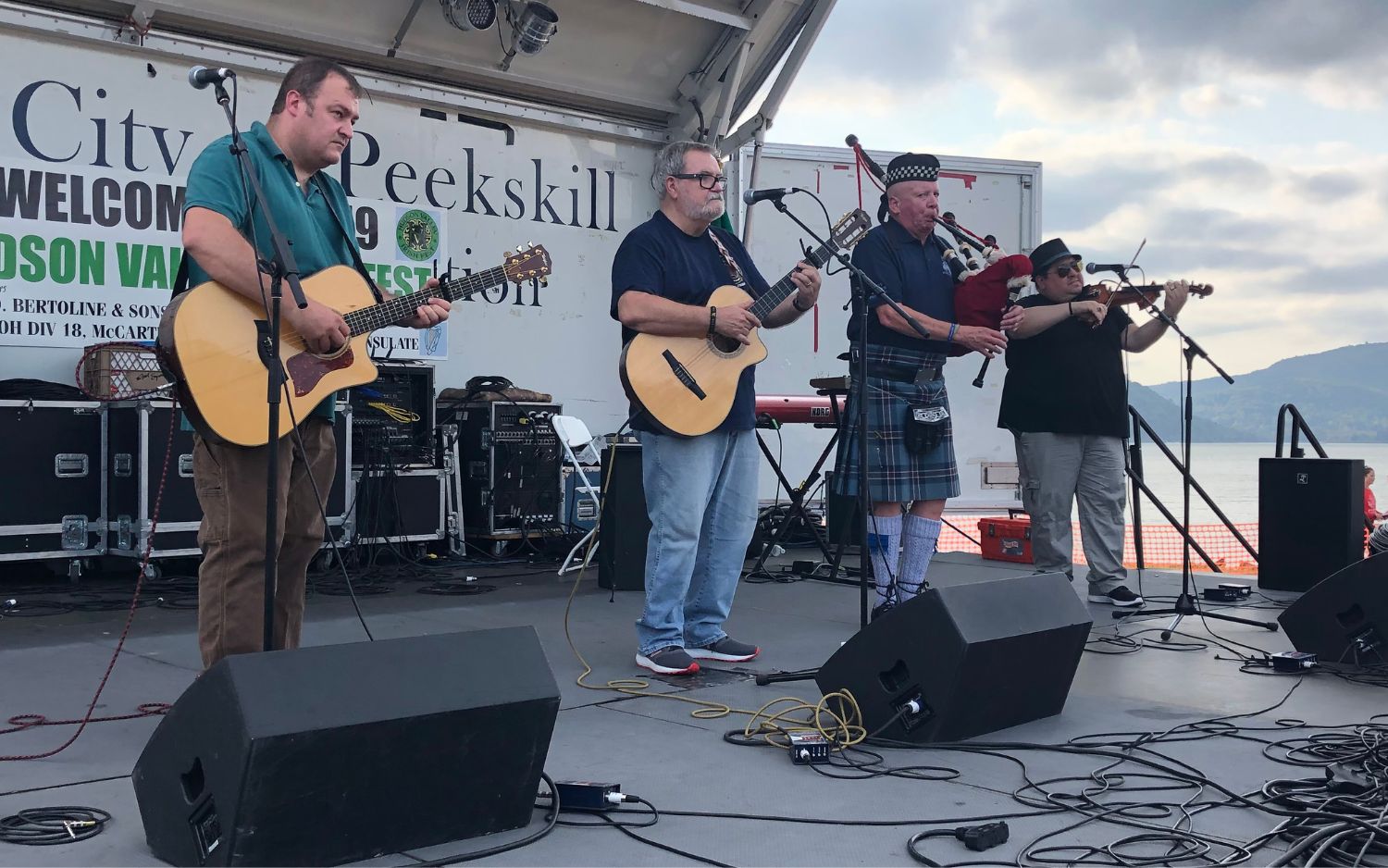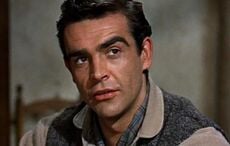Tony DeMarco: The Sligo Indians
Tony DeMarco’s fiddle is something of a modern legend in the New York City traditional Irish music scene. His new CD, The Sligo Indians, demonstrates why with several lively reels, jigs, some heart-wrenching slow airs and a polka just to maintain that twist on the tradition that DeMarco has become known for.
Born in 1955 and raised in East Flatbush in Brooklyn, DeMarco experienced the merging of Italian and Irish culture within his own family (his mother’s grandparents were Irish immigrants) and within his neighborhood. Bypassing the usual competition scene that most fiddlers experience, DeMarco found his musical calling through what he described as the “hippie scene, the folkie scene.” Perhaps it was that organic setting of barroom sessions that gives The Sligo Indians that “live in your living room” sound.
DeMarco builds his intricate patterns and pulls the listener into the themes of a piece in unexpected ways, ever-anticipating the arc of the song. The album’s title track is a solid jig which teasingly excites the listener with a simple introduction that leads into a complex and lively tune.
The album closes with “Rosemary,” composed by Andy McGann for Rosemary Gillespie, daughter of famed 1930s fiddler Hughie Gillespie. The moving piece combines a sense of remorse and hope that DeMarco plays with complete compassion and stunning ornamentation, an absolutely haunting performance. Available on his website tonydemarcomusic.net and on iTunes, The Sligo Indians was released by the Smithsonian’s Folkways Recordings series.
– Tara Dougherty
Music in the Glen: Fuar
Appropriately titled Fuar, from the Irish for “cold,” this album is a collection of well known wintery and holiday songs by Music in the Glen, an Atlanta-based Irish band featuring Jason Killingsworth, Susan Moran, Suzanne Harner, Katherine Irwin Thomas, and Doug Murray. Fuar also features guest musicians Tim Anderson (who produced the album) and Scott Miller
Combining fiddle, bodhrán, guitar, harp, uilleann pipes, mandolin, flute, bouzouki and cello, Music in the Glen blends a range of instrumental voices that are perfectly applied to holiday classics. Not to limit their sound, Killingsworth and Moran provide vocals to a number of tracks as well, though they can be distracting at times. The vocals are impressively integrated on the band’s rendition of “Wexford Carol.” Starting with an instrumental introduction, which moves slowly and lulls the listener, Moran’s voice enters with the familiar tune.
“Miss Rowan Davies” is a beautiful track which showcases the band’s true strength of layering complex musical patterns into a comforting and peaceful musical experience. Their energy cannot be denied on tracks like “Kilmovee Jig” which picks up the pace of the album and really celebrates the rhythm of Irish music. Fuar is available on iTunes and at the band’s website, musicglenatlanta.com.
– Tara Dougherty
Stonewall: Built in Belfast
A trio from County Armagh, Stonewall released their album of traditional and original Irish folk tunes entitled Built in Belfast. All three are vocalists and guitarists and each lends a number of other musical skills to different tracks. Colin Slaine also plays piano, banjo and accordion. Andy Cornett also plays piano and percussion, and Kenny Qua contributes whistles and flutes to the mix. Having played over 70 venues throughout Ireland in two years, the trio named their band after American Civil War General Stonewall Jackson.
Built in Belfast contains a unique combination of contemporary folk sounds and traditional Irish songs. “Charlie Hunter’s Muckin’ Out Georgies/Atholl Highlanders” is a playful set of jigs in which the flutes take center stage in a carefree rhythmic fashion. The track is followed by sweet vocals on “Will Ye Go Lassie Go.” The band fills out each song with layers of instrumental exploration, usually anchored by one of the three’s understated vocals. Always maintaining a sense of levity in their tracks, Stonewall does well to spin traditionally gloomy songs in a positive way.
One of the more fun tracks is a session which features guest bagpiper Richard Magowan, and includes the traditional “Merrily Danced the Quaker’s Wife.” Stonewall combines three musical craftsmen with airy vocals into an album rich with variety and a constant cultural undertone. Built in Belfast is available on the band’s site stonewallmusic.co.uk.
– Tara Dougherty
Captain Mackey’s Goatskin and Stringband: Soldier’s Songs
Captain Mackey’s Goatskin and Stringband consists of Corkmen Máirtín de Cógáin on vocals and bodhrán and Jimmy Crowley on vocals, bouzouki, dordán, guitar, mandolin and keybords, two balladeers who came forth in the fall of 2009 with Soldier’s Songs: The Irish Abroad and Soldiering. Consisting of sixteen songs and an insert with fascinating historical notes, Soldier’s Songs takes the listener through significant moments in the American Civil War, the Spanish Civil War, World War I and others, emphasizing not only how ballads tell the story of past events but their role as tools for social change.
Soldier’s Songs is full of thoughtfully chosen and emotionally performed ballads that create an eclectic collection, but some stand out above the rest. “Who Knows Where the Wind Blows” tells the moving tale of two brothers on opposing sides of the American Civil War, written by Tommy Sands of Co. Down. “María de la Rosa,” which includes a gorgeous chorus sung partly in Spanish, honors the Irishmen in the International Brigade who participated in the Spanish Civil War against Franco and fascism in the 1930s. Soldiers’ Songs is available through cdbaby.com.
– Kara Rota




Comments